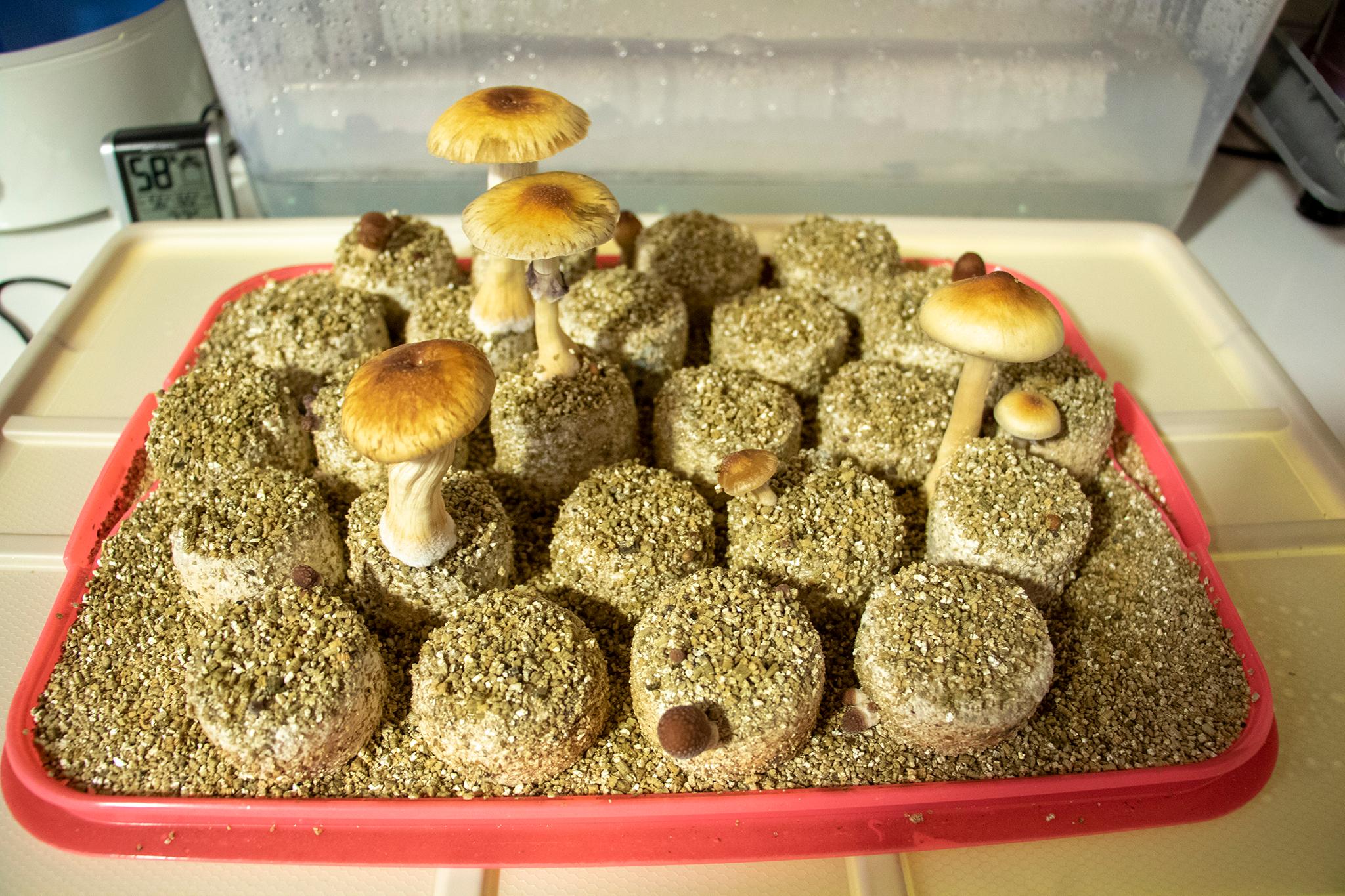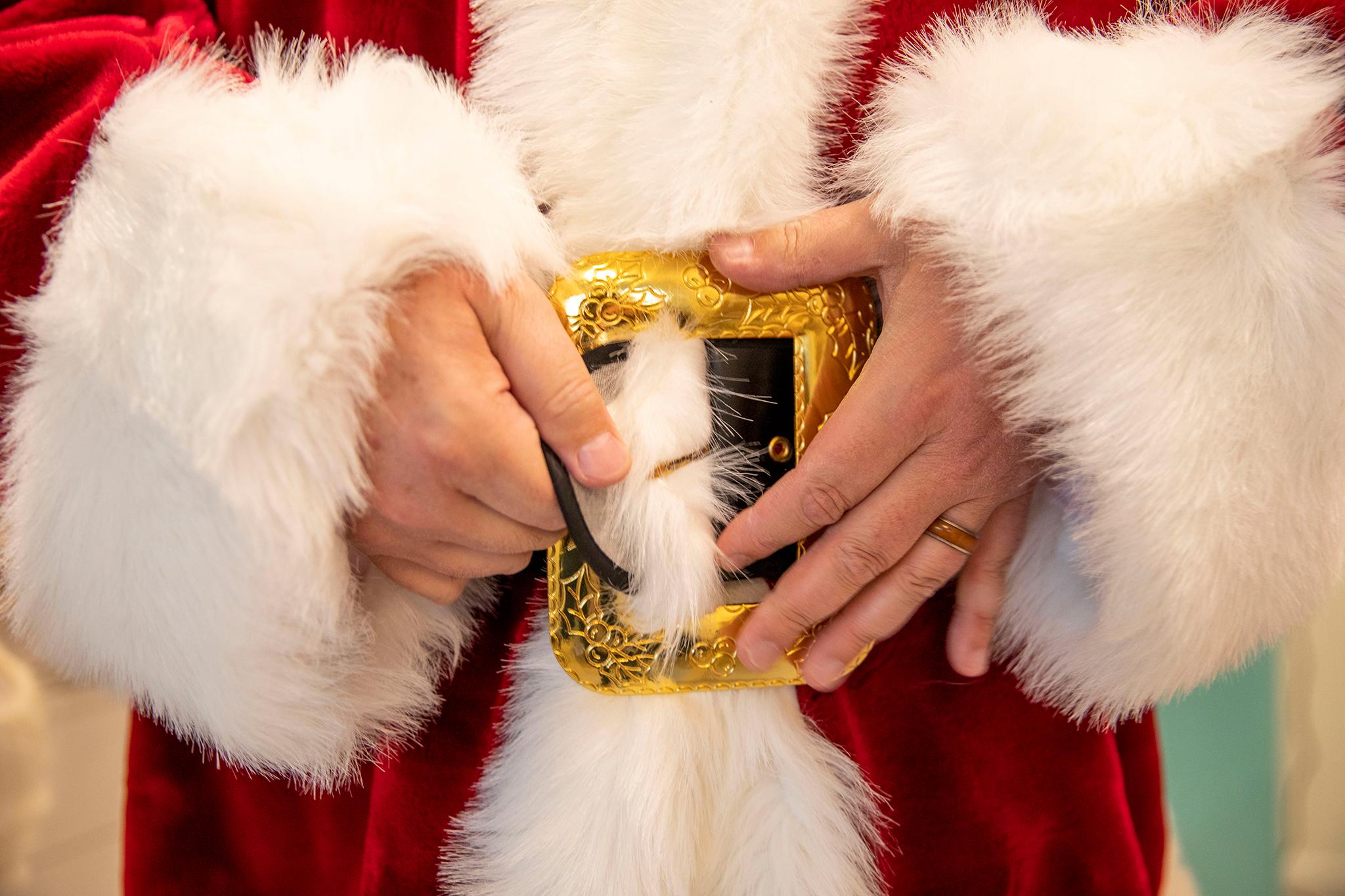There's a skeleton that's longer than a school bus hanging in the lobby of the Denver Museum of Nature and Science. Obviously, these aren't human bones. John Demboski, the museum's curator of vertebrate zoology, said many people think it's a dinosaur. But that's incorrect, too.
"It's actually the world's second-largest living mammal," Demboski said.
That mammal? A fin whale. If you go up to the museum's third-floor landing, you get an overhead view down its whole spine. And while its entire skeleton is on display for the public, another part of the whale is hidden in the museum's archives three floors underground.
Down there lives a long, thick strip of what looks like dense broom bristles. It's called baleen - pronounced buh-LEEN - and Demboski explained that they are essentially teeth that help the whale eat.
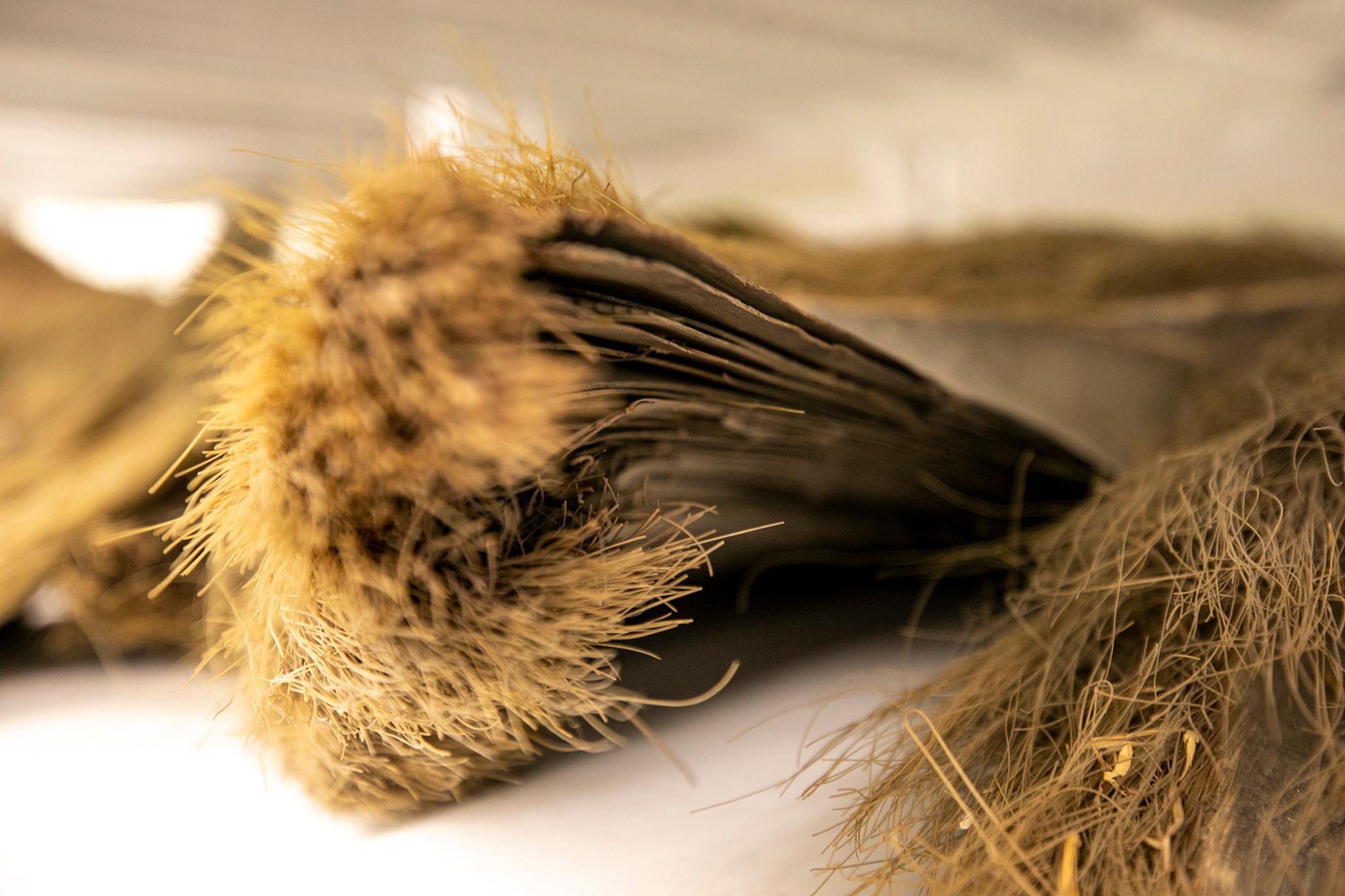
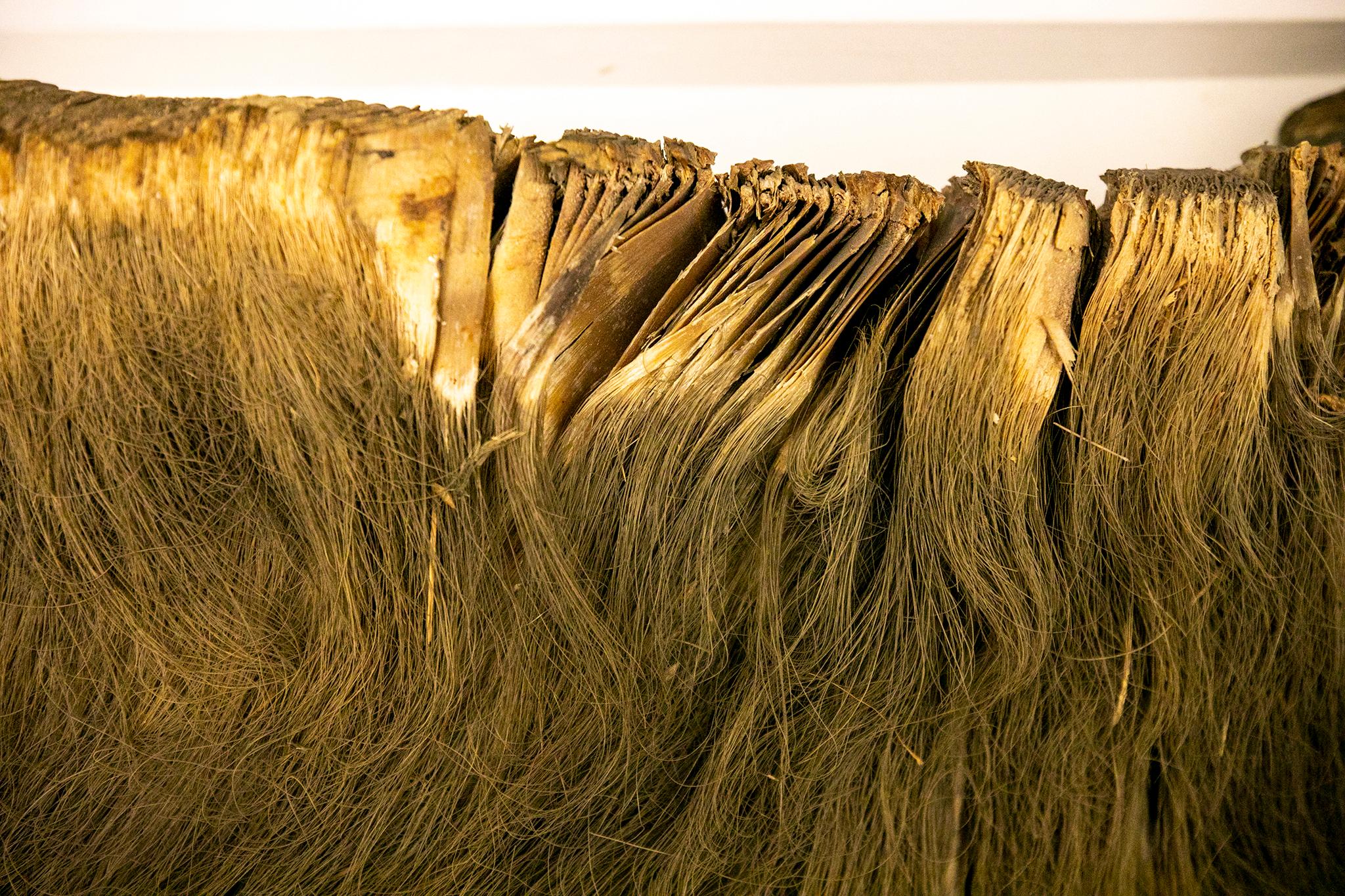
"It's like a filter. So they take in a big gulp of water, and that gulp of water has small fish, krill, crustaceans, and they blow [the water] out," he said. "And the baleen acts as a filter and keeps all that food in their mouth."
Because fin whales are so big, they do this several times a day, eating up to two tons. That makes sense for an animal that can weigh up to 100,000 pounds when fully grown. The bare-bones skeleton in the museum weighs almost exactly one ton.
The museum's fin whale (it doesn't have a name, if you're wondering) likely lived off the coast of California. After it died, a man named Winfield Scott Stratton bought it in the late 1800s. It's not clear how much the whale remnants cost, but Stratton was one of Colorado's first millionaires. So the acquisition wasn't cheap.
The whale parts were separated, packed into various shipping containers, and brought over to Colorado by train. At some point it sat on display at Colorado College in Colorado Springs. Then the Denver museum acquired it - bones and baleen - in 1977.


Now with animal parts this old, you have to wonder if there's a lingering odor. Baleen is made of keratin, like our hair and nails. And hair can definitely get smelly. Demboski said the baleen doesn't smell like anything at all.
"Maybe I'm used to it now," he said. "I don't smell anything."
I sniffed it for myself and didn't catch anything either, so Demboski's sense of smell is fine.
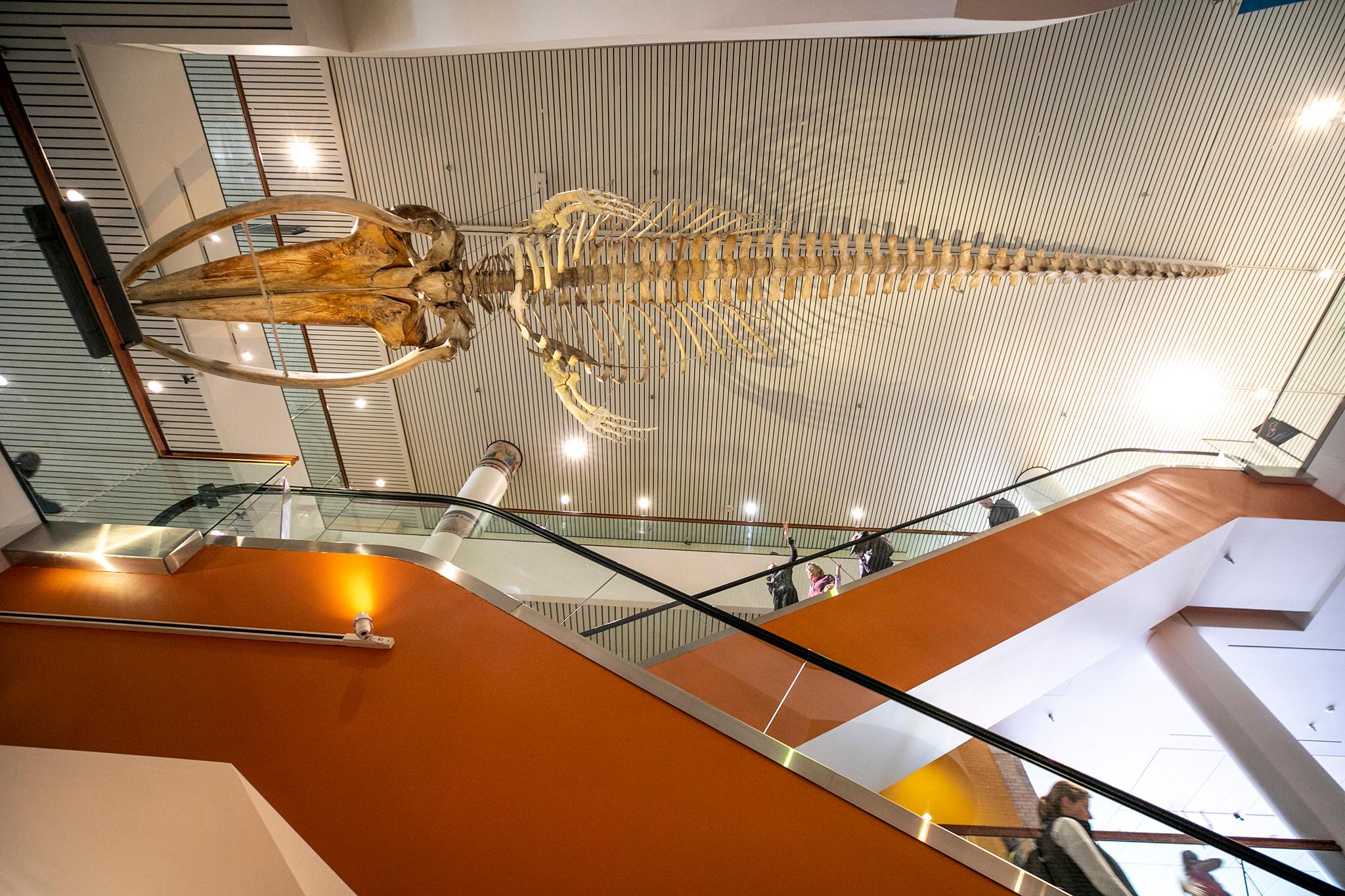
So why keep the whale skeleton or its baleen? The same reason the museum keeps all of its 4.3 million specimens, most of which are in the archives. Demboski said it's to better understand our planet's biodiversity.
"For research, for education, for artistic purposes," he said. "We have a big focus on the regions: Southern Rockies, Great Plains, Front Range. Here's a record from about the 1870s to the present, at least in zoology, of Colorado's biodiversity or the regional biodiversity."
And if all goes according to plan, visitors could one day see much more of that diversity for themselves. The museum hopes to start offering tours of its archives later this year.
Editor's Note: The Denver Museum of Nature and Science is a financial supporter of CPR, Denverite's parent organization.
Explore the series
Meet the giant clam at the Denver Museum of Nature and Science that witnessed a nuclear bomb drop
What happened to Bison No. 4 at the Denver Museum of Nature and Science?



